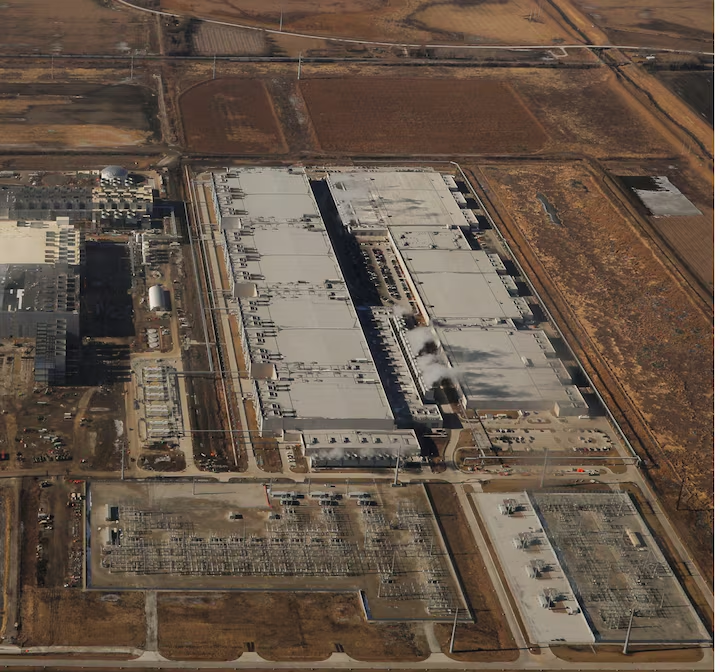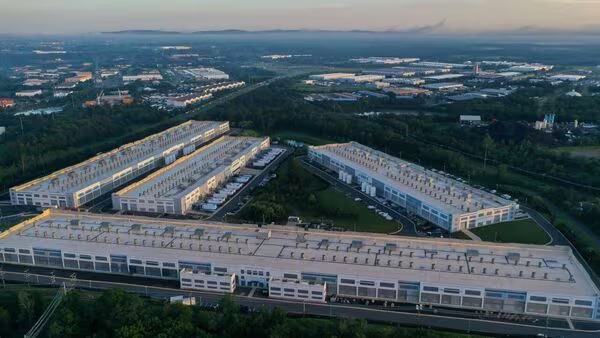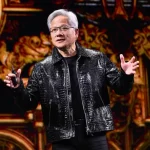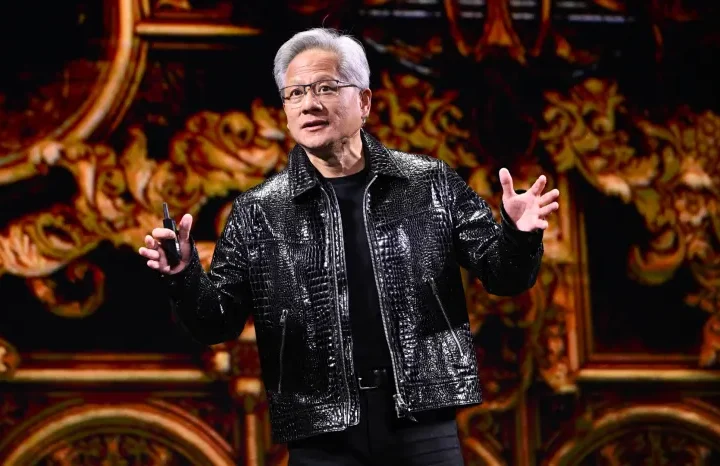Big Tech companies and power grid operators collaborate to manage soaring electricity demand fueled by AI, cloud computing, and digital services.
Across the globe, the demand for electricity is rising at an unprecedented pace, driven by rapid digitalization, the explosion of artificial intelligence, and the growth of data centers. This surge is putting enormous pressure on national power grids, prompting Big Tech companies and utility providers to collaborate on solutions that balance innovation with sustainability. The need to manage this energy appetite is no longer just a technological challenge; it has become a critical economic and environmental issue.
The role of Big Tech in this dynamic is central. Companies such as Amazon, Google, Microsoft, and Meta operate sprawling data centers that power everything from cloud computing to AI-driven tools. These facilities consume vast amounts of electricity, often rivaling the energy needs of entire small cities. With the rise of artificial intelligence models and advanced computing, energy consumption is expected to multiply in the coming years. To avoid potential blackouts or rising costs, tech giants are under pressure to rethink how they source, store, and utilize power.
One major step has been the push toward renewable energy. Big Tech firms have become some of the largest corporate buyers of clean electricity, signing long-term contracts for wind, solar, and hydro projects worldwide. This not only helps reduce carbon emissions but also ensures a more stable and predictable supply of power to support their growing operations. In regions where renewables alone cannot cover peak demand, companies are investing in battery storage systems and advanced grid technologies.
On the other side, power grid operators and energy companies are stepping up their own modernization efforts. Traditional grids were not designed to handle the kind of stress caused by today’s digital economy. To adapt, utilities are introducing smart grid technologies, which allow for real-time monitoring, demand forecasting, and better integration of renewable energy sources. Investments in transmission infrastructure are also critical, ensuring that clean power generated in one region can reach the energy-hungry hubs where it is needed most.

This partnership between Big Tech and the energy sector is increasingly seen as essential for long-term stability. In the United States, for instance, utility providers are working with data center operators to ensure energy-intensive projects are developed in areas where renewable energy capacity is abundant. In Europe, stricter regulations and climate targets are forcing companies to commit to greener practices, and partnerships with grid operators help achieve compliance while maintaining growth.
Yet challenges remain. The scale of energy consumption by Big Tech continues to spark debate, with critics arguing that the benefits of digital innovation are offset by environmental costs. The carbon footprint of AI development, for example, has raised concerns about sustainability, particularly in regions that still rely heavily on fossil fuels. Addressing these criticisms requires not just investment in clean energy but also advances in efficiency—designing software and hardware that minimize energy waste while maximizing performance.
Economic implications are equally significant. Rising energy demand can drive up electricity prices for households and small businesses if not managed carefully. By working together, Big Tech firms and grid operators aim to prevent such outcomes, ensuring that the digital economy grows without destabilizing broader markets. For many governments, these partnerships align with national priorities: strengthening energy security, promoting technological leadership, and accelerating climate goals.
Looking ahead, the relationship between Big Tech and power grids is likely to deepen. Innovations such as green hydrogen, advanced nuclear technologies, and large-scale carbon capture projects may all play a role in meeting future demand. At the same time, the integration of AI into grid management could improve efficiency, predict consumption spikes, and enable more precise energy distribution.
The surging demand for electricity is a challenge that reflects the interconnectedness of today’s world. As digital services become inseparable from daily life, the responsibility of managing energy fairly and sustainably grows. By joining forces, Big Tech and power providers are not only addressing immediate concerns but also shaping a blueprint for the future of energy. This collaboration highlights a key truth: the digital revolution cannot succeed without a parallel energy revolution.















